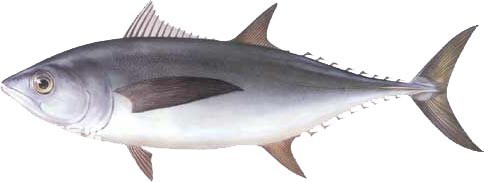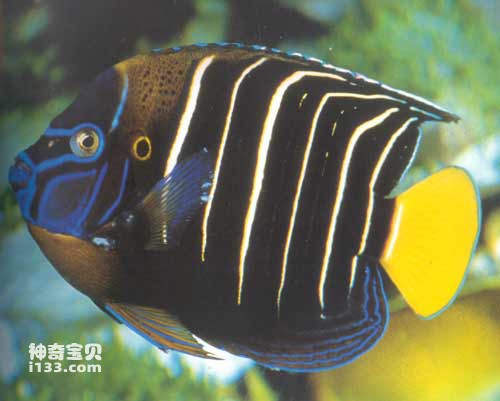In the natural environment, most fish have special colors and patterns, or their body color is consistent with the surrounding environment, to hide themselves, or to confuse enemies or prey, so as to protect themselves or sneak attack prey. Fish that live in the middle and upper layers of the ocean, such as mackerel, mackerel, tuna, etc., have dark backs, mostly blue-black, dark blue or dark cyan, while their abdomens are light, silvery white, white or light yellow. White, this color is called the color of elimination. If you look from top to bottom, because the back of the fish is the same color as the seawater under natural light, it is not easy to distinguish even if you are very close to the fish. Looking up from the bottom of the fish body, the color of the fish's belly is very similar to the color of the water surface and the sky, making it difficult to distinguish.

Most freshwater fish have the simple colors mentioned above in order to hide their bodies. Some species have darker patterns, such as bands, stripes, spots, and markings, which are also used for concealment. The body color of some ferocious fish is also to protect themselves or to make it easier to use the concealment of body color to avoid being easily discovered by prey.
Most of the fish that live in the middle layer of the ocean at a depth of 100 to 500 meters are silver in color, and some species have various red patterns, which are related to the light waves in the water. In the lower layer of the deep sea, at a depth of 500 to 2,000 meters, there is only weak light or almost no light. Although the back is dark and the belly is lighter like the upper fish, this "deep" and "shallow" The concept of fish is different. Fish bodies are generally brown, black or purple-black, and sometimes have silver on their scales. However, they rarely have spots, stripes or bright colors. Most of them are dark in color, which harmonizes with the surrounding environment. consistent.

Fish living on the coast and at the bottom of shallow seas can be seen in almost all colors, starting from simple and plain gray or brown, to the most beautiful and attractive colors and markings. Usually when spots, bands, and markings are present, the fish's body is similar in color to the bottom, or rocks, or aquatic plants. Fish that live among granites can show various granite-like shadows; fish that live among lava are mostly black; fish that live among seaweed are mostly green; fish that live among sargassum are olive green; and Most of the fish living in red coral reefs are red; fish that often lie flat on the seabed and hide in the sand, such as rays, rays, anglers, etc., their backs are mostly yellow-brown, blending in with the sand, making them look very strange. Difficult to distinguish.
The fish living in coral reefs in tropical oceans are the most colorful. Although many coral reef fishes have a variety of richly colored patterns, any special type of pattern is almost the same. The purpose of this pattern is nothing more than to blur the outline of the fish's body, thereby concealing the shape of the body. . Some butterfly fish have black bands on their heads, often with white or cyan edges, and a large eye-like dot on the back of the body, which is sometimes edged with white or yellow. This kind of fish often moves tail first when moving and swims slowly backward for a short distance. When frightened, it moves head first and swims forward at a high speed in the opposite direction. The pattern of this fish often causes potential enemies to mistake the tail end for the head. When the butterfly fish encounters an enemy, it can move in the opposite direction expected by the enemy. As a result, it successfully evades the attack.
animal tags:
We created this article in conjunction with AI technology, then made sure it was fact-checked and edited by a Animals Top editor.